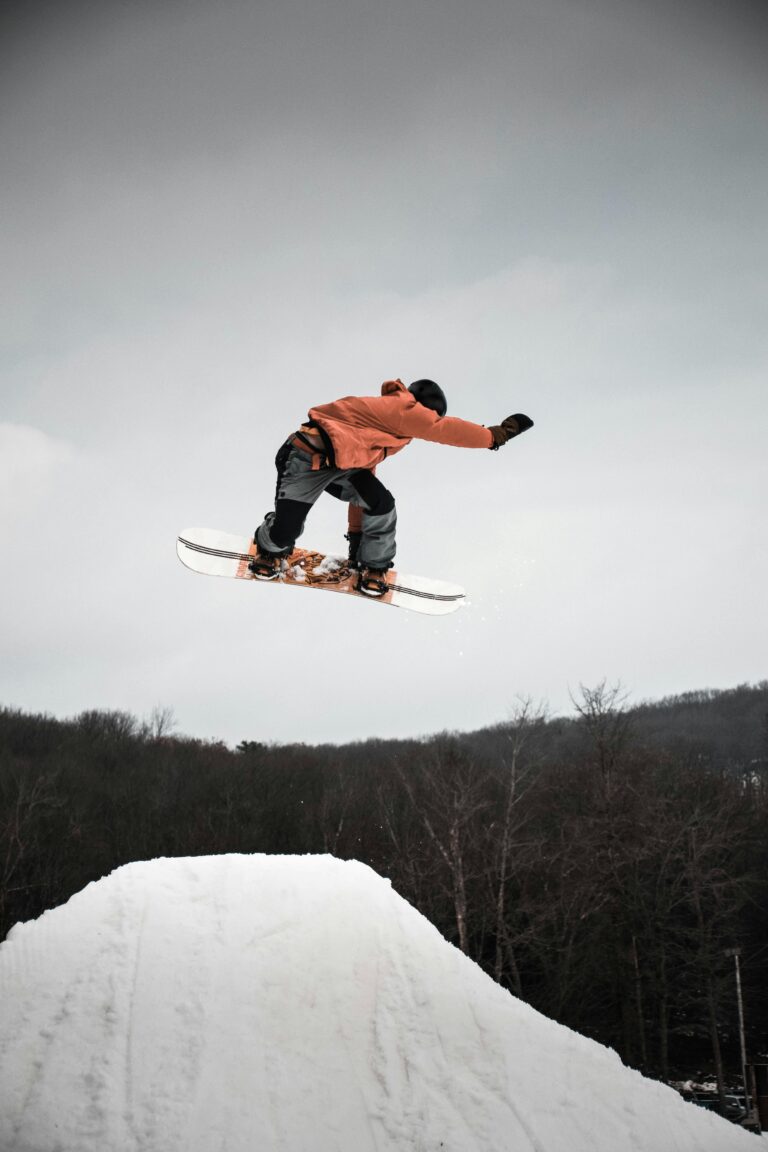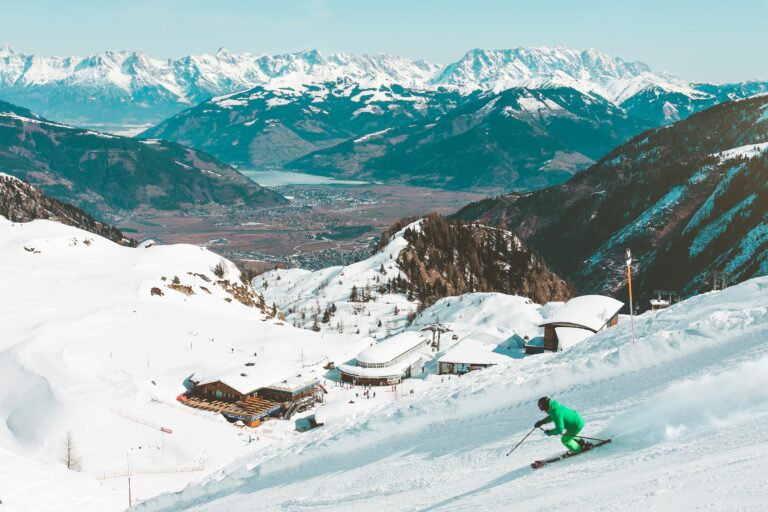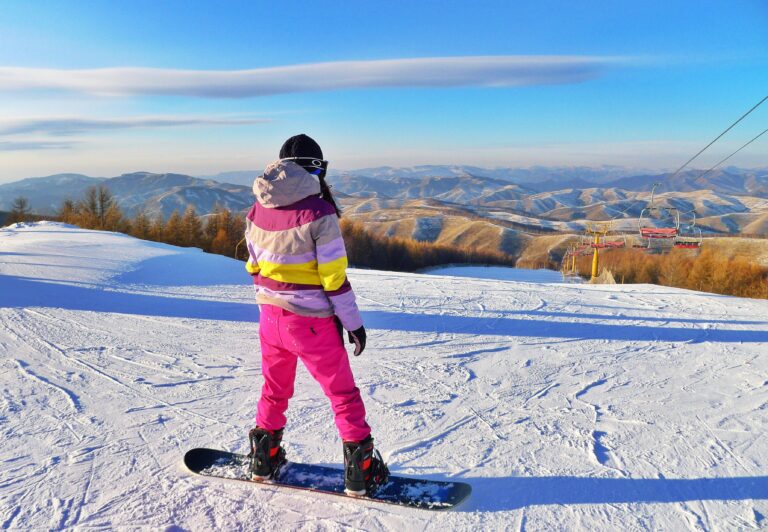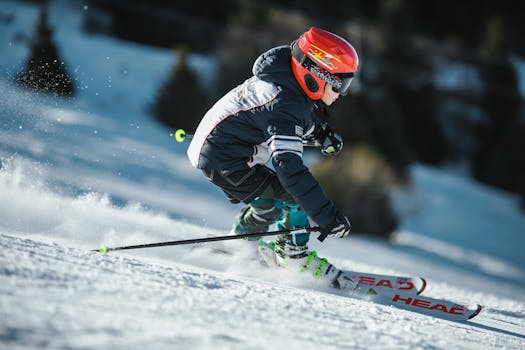Feeling nervous about sharpening your skis? Don’t sweat it—you’re not the only one. It might sound complicated, but once you get the hang of it, you’ll see it’s pretty straightforward. Plus, freshly sharpened edges can really boost your run and save you a trip to the shop. By the end of this guide, you’ll be ready to tackle your edges with confidence—and maybe even a smile. So, let’s jump into what it takes to sharpen your skis and keep you carving smooth turns all season.
Here’s a Quick List of What You’ll Do:
- Gather your tools.
- Inspect your edges.
- File the nicks away.
- Sharpen with diamond stones.
- Finish with gummy stones.
Gather Your Equipment for an Effective Tune-Up

First things first: let’s round up your gear. Having the right tools on hand makes this way easier and keeps your skis happy.
- Panzer File: This bad boy scrapes away nicks and rough spots on your edges and top sheet. It’s a must-have for smoothing out the rough patches.
- Diamond Stones (200, 400, 600, 1500 grit): These are your edge’s best friends for sharpening. They let you work your way from rough to polished without eating away too much metal.
- Gummy Stone: Think of this as the gentle polish on your edges’ tips and tails—a little spa treatment to keep things smooth.
- Clean Towel: Not flashy, but you’ll want this to wipe off metal dust and debris while you work.
- Rubbing Alcohol: After you’re done, this cuts through leftover grit and grime so your edges stay sharp and clean.
- Ski Vise (or stack of books): Keep your skis steady while you work. Trust me, trying to sharpen wiggling skis is a recipe for frustration.
Side note: The U.S. Ski & Snowboard Association backs this up. Their study shows that proper tuning lowers drag and gives you better grip on hard snow (U.S. Ski & Snowboard Association).
Pro Tip: Clean your tools before you start—nothing kills a sharp edge like dirty or rusty equipment.
Inspect Your Edges and Prepare for Sharpening
Before you grab your file, take a moment to check your edges. Think of it like a health check for your skis—you want to know exactly what you’re dealing with.
Steps to Inspect:
- Feel Along the Edges with a Towel
Run the towel down the edges and see if anything feels rough or uneven. Those little burrs and nicks can trip you up on the slopes. - Spot Rust or Burrs
Keep an eye out for rust spots or sharp metal flakes. Mark anything sketchy so you can give those spots extra attention.
Common Mistakes:
- Don’t rush here. Missing a rough spot means it’ll bite you later.
- Be gentle—you don’t want to cut yourself or damage your edges further.
File Your Edges for Precision Sharpening
Think of filing as the haircut before styling—cleaning up the rough bits so your edges look and feel sharp.
How to Get Started:
- Hold Your Panzer File at 45 Degrees
This angle helps you remove nicks without reshaping the entire edge. - File in Long, Smooth Strokes
Start at one end and pull the file evenly toward you. It’s like ironing out wrinkles for a crisp edge. - Wipe Off Metal Shavings Often
Those tiny scraps can gum up your work and mess with your grip down the line.
Why bother? Because clean edges grip snow way better, and that means more control on your turns.
Pro Tip: Run your fingernail lightly across the edge. It should catch gently—not feel like a razor blade.
Progressively Sharpen with Diamond Stones
Now comes the finesse. Diamond stones refine your edges and give them that smooth, polished feel without stealing away a ton of metal.
Steps for Diamond Stone Usage:
- Start with 200 Grit
Pressure matters—firm, steady strokes back and forth along the edge will even things out. - Work Your Way Up to Finer Grits
After 200, go to 400, then 600, and finish at 1500 grit for that perfect shine. - Keep Your Pressure Even
Don’t press too hard in one spot. Spread the love evenly to avoid uneven edges.
Diamond Stone Grit Table:
| Grit | Purpose |
|---|---|
| 200 | Initial sharpening |
| 400 | Smoothing the edge |
| 600 | Polishing the surface |
| 1500 | Final polish for sharpness |
Common Mistakes: Spend too long on one spot and you’ll get a wonky edge—kind of like a bad haircut that’s longer on one side.
Apply the Final Touch with Gummy Stones
Gummy stones add that last bit of polish and help “detune” your tips and tails so your skis don’t catch on tricky snow conditions.
How to Use Gummy Stones:
- Light Pressure Along the Edges
Focus on tips and tails with a gentle touch, especially if you’re skiing on variable snow. - Adjust Detuning Based on Conditions
Icy runs need less detuning; softer snow can handle a bit more detune to avoid snags.
Pro Tip: “Gummy stoning is where you make your money.” Nail this, and you’ll get smoother turns without those embarrassing catches.
Tips & Common Mistakes
- Keep your pressure steady for an even edge all the way down.
- Inspect your edges regularly—spot problems before they become disasters.
- Use rubbing alcohol to wipe edges clean; it helps tools last and keeps your edges sharp.
Remember, good maintenance stretches the life of your skis and turns your runs from “meh” to memorable. Want more? Check out our deep dive into Common Ski Maintenance Mistakes & How to Avoid Them.
FAQs
What tools are necessary for ski sharpening?
Essential tools include a panzer file, diamond stones of various grits, a gummy stone, a towel, and rubbing alcohol for cleaning edges.
How often should I sharpen my skis?
It really depends on usage! Aim for every few outings, especially if you notice any wear or damage. Check out more on tuning frequency in our article How Often to Tune Skis.
Can I sharpen skis at home?
You absolutely can! Just be sure to follow proper hand tool techniques. For major repairs, though, think about seeking out a professional service—check out our guide on How to Repair Ski Base Damage.
Following these steps keeps your skis in great shape and sharpens your downhill game. Plus, the more you maintain your gear, the more fun you’ll have carving those slopes. And hey, if you’d rather watch than read, check out these videos to see the process in action:
Check out this great visuals on ski edge sharpening techniques:
And for a more in-depth tutorial, don’t miss this:
Happy skiing—and here’s to smooth, sharp edges all season long!





